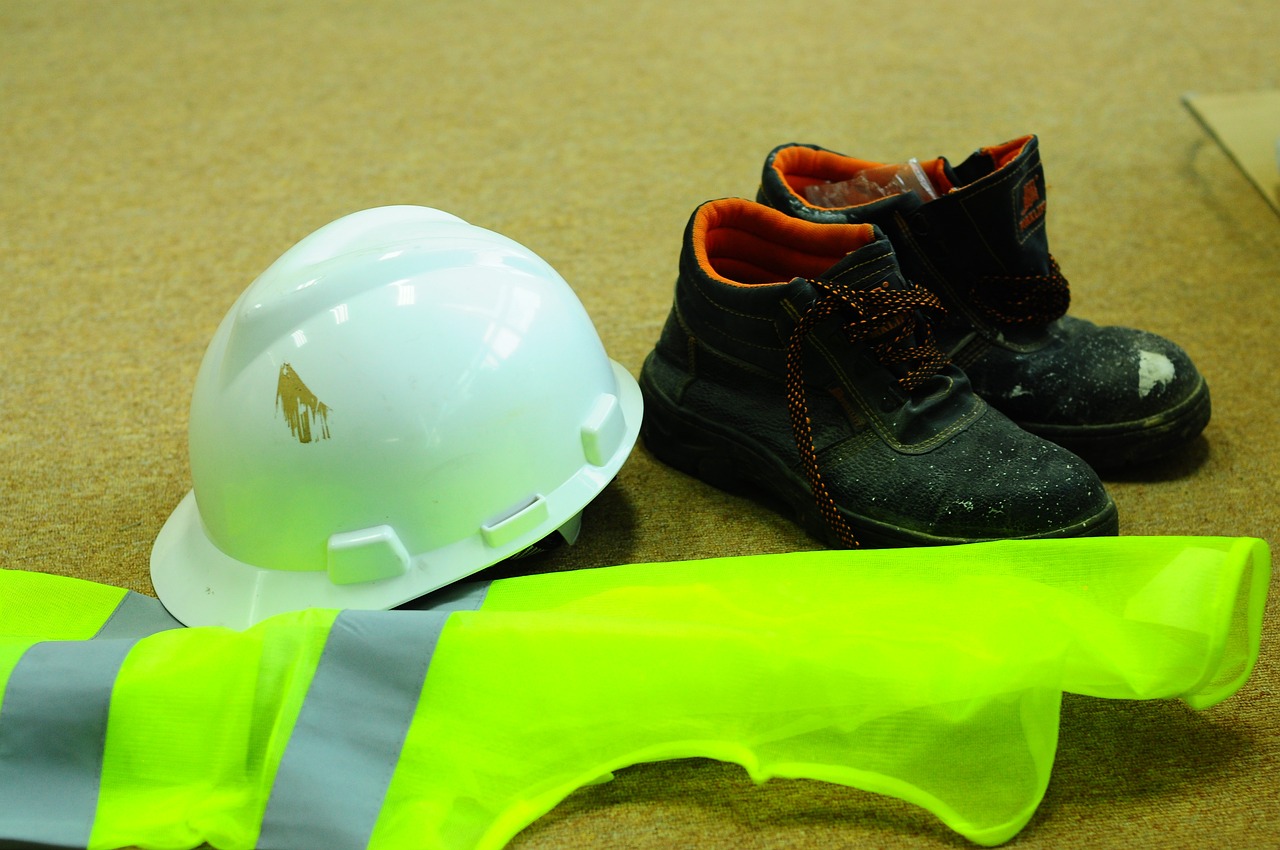With temperatures dropping and predictions stating that they will fall even lower, it is crucial to keep yourself warm and protected.

Working in cold environments can pose significant safety risks to personnel, including the development of cold-related injuries such as frostbite, hypothermia, and trench foot, a painful condition of the feet caused by long immersion in cold water or mud. These injuries can have serious consequences, including permanent disability or even death. Therefore, employers and supervisors must prioritise the safety of workers operating in cold conditions.
Risk Assessment
The Health and Safety Executive (HSE) has provided guidance on how employers can assess the risks and ensure safety in the workplace. Employers need to assess the risks in their workplace and take steps to control them. They should also consult with their workers on the best ways to cope with low temperatures.
Employers need to consider the following factors when assessing the risk:
- The type of work that is being done.
- The type of environment in which the work is being done.
- The health and safety of the workers.
- The weather conditions.
- The type of training and supervision that is provided to workers.
Employers should also use HSE's risk assessment templates to help them assess the risk.
Personal Protective Equipment (PPE)
Proper PPE selection and use are paramount in protecting outdoor workers from the elements. Layered clothing, including thermal underwear, fleece, and waterproof outerwear, is essential for maintaining a core body temperature of around 37C. A prolonged drop in core temperature can lead to hypothermia, a serious condition that requires immediate medical attention.
Windproof and waterproof gloves and footwear can help prevent heat loss through exposed extremities and protect against frostbite. Headwear, such as balaclavas or hats, protects the head and ears as the head is one of the body parts with a higher heat loss, so having a hat may help with the body warmth retention and prevent hypothermia.
Eye protection, such as goggles or safety glasses are crucial, as unlike summer, when the green surroundings reflect only about 6% of light, snow reflects a staggering 95% of it. This amplified exposure to UV rays can double the amount of UV radiation reaching your eyes, increasing the risk of eye inflammation, or even more serious conditions, such as retinal damage.
Emergency protocols
Work environments with extreme cold conditions demand a robust approach to safeguarding worker safety. Cold-related injuries, such as hypothermia and frostbite, can be severe and even life-threatening, necessitating swift and effective responses.
A crucial step is equipping workers with the knowledge to recognise early signs of these conditions. Shivering, slurred speech, fatigue, and impaired coordination are red flags for hypothermia, while pale, white, or waxy skin on extremities like fingers, toes, ears, and nose indicates potential frostbite.
Comprehensive first aid training is essential for immediate intervention. Workers should be trained to promptly remove wet clothing from affected areas to prevent further heat loss, gently warm the extremities with warm water, and provide warm liquids to raise core body temperature.
Clearly marked and accessible evacuation routes are vital for swiftly removing workers from the cold environment. A safe haven, such as a warm, well-lit area, should be designated for recovery. For severe cases, pre-arranged emergency medical transportation is indispensable. Close communication with medical personnel and rapid transportation to a suitable medical facility ensure prompt medical attention.
Heating and ventilation in Workspaces
Adequate heating and ventilation are crucial for ensuring worker comfort and preventing cold-related injuries, particularly in indoor workspaces. Proper insulation and well-maintained ventilation systems can prevent drafts and maintain comfortable temperatures. Additionally, providing access to warm water and facilities for drying clothes can help workers stay warm and prevent moisture-related injuries.
The safety of personnel working in cold environments is of utmost importance for maintaining operational efficiency and protecting the well-being of the workforce. By implementing comprehensive safety measures, including appropriate PPE, clear emergency protocols, and adequate heating and ventilation, organisations can create a safe and healthy work environment for all workers, even in the harshest of conditions.
Click here to learn more about workplace health, safety and welfare

